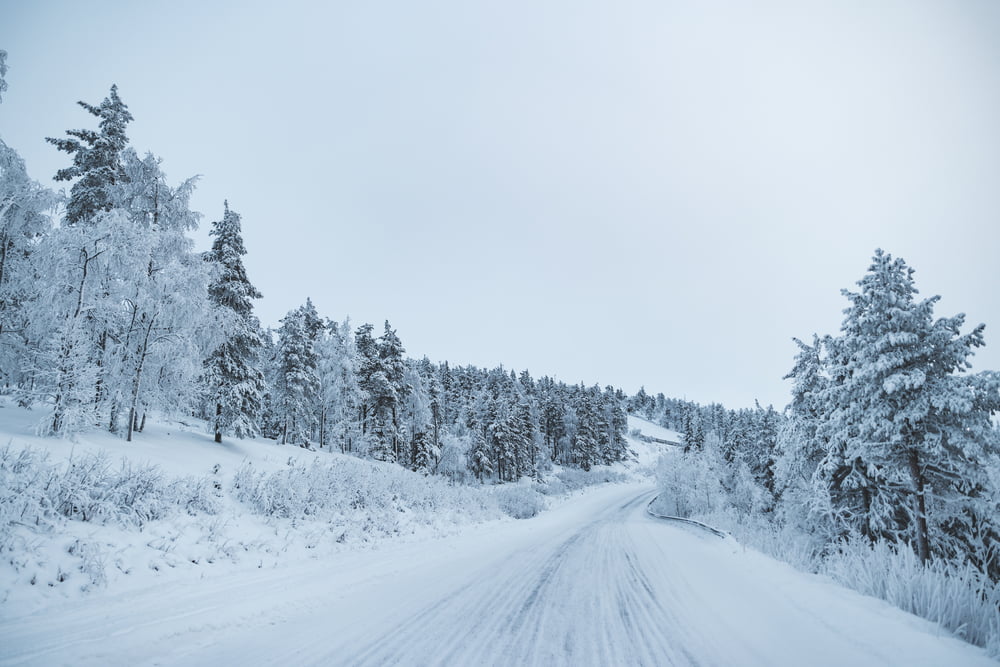Autonomous vehicles are some of the most intriguing inventions in the world today. One of the questions most people have is whether or not these vehicles can hold up under severe weather conditions. Martti, a self-driving vehicle designed in Finland, took a trip through the snow last weekend. Surprisingly, this worked out quite well, and Martti even set a new drive record over a very dangerous road.
Finnish Autonomous Vehicles Don’t Mind Snow
It is evident the roads in Lapland are very different from the rest of the Western world. Snow is a very real threat to drivers’ safety in that part of the world, and autonomous vehicles will need to keep their passengers safe at all times. If a self-driving car can perform successfully in that region of Finland, it should do just fine anywhere else in the world. VTT Technical Research Center has built two cars to overcome any issues associated with driving through the snow.
Martti is one of these two vehicles. It is a pretty robust vehicle, and it is mainly designed to handle icy conditions. The city counterpart to Martti is Marilyn, which is designed for urban routes. Since there is no one vehicle to rule them all in the world of self-driving cars right now, researchers have had to create different vehicles for very specific conditions. Martti (not to be confused with Marty) took a nice trip over the weekend on one of the most dangerous roads in Finland’s northernmost region and passed the test with flying colors.
Building an autonomous vehicle capable of handling such rough conditions is not straightforward. It requires the use of various types of cameras and sensors. Even LIDAR technology doesn’t work well for this purpose, as it loses effectiveness over time. Instead, Martti relies on radar to maintain speeds of up to 25 miles per hour. This might seem slow, but one has to keep in mind this test was performed on a real snow-covered road with plenty of slippery areas along the way.
Being in a vehicle which drives autonomously along such a road is a rather daring endeavor, to say the least. Although VTT is not the only entity to have tested cars in snowy conditions, it is the only company to have had a vehicle do so in an uncontrolled environment. Given the lack of lane markings along the way, it is evident driving at a slower speed is still the best course of action. However, the researchers are confident Martti can achieve higher speeds in the future despite the harsh conditions.
All of this goes to show we will have a very interesting autonomous vehicle industry in a few years from today. Different models will suit different requirements and weather conditions. Your average autonomous vehicle will do fine in urban conditions, but regions with lots of rain and snow might require a different type. Preparing for all of these conditions will not be easy, especially without properly testing the vehicles in real-world conditions.
According to a company spokesperson, the next step will be to take Martti and Marilyn into forest environments throughout Lapland. There are also plans to add a third “sibling” to this family of vehicles capable of handling all terrains one could possibly imagine. A lot more testing will be needed before any of these vehicles are even remotely consumer-ready, though.

